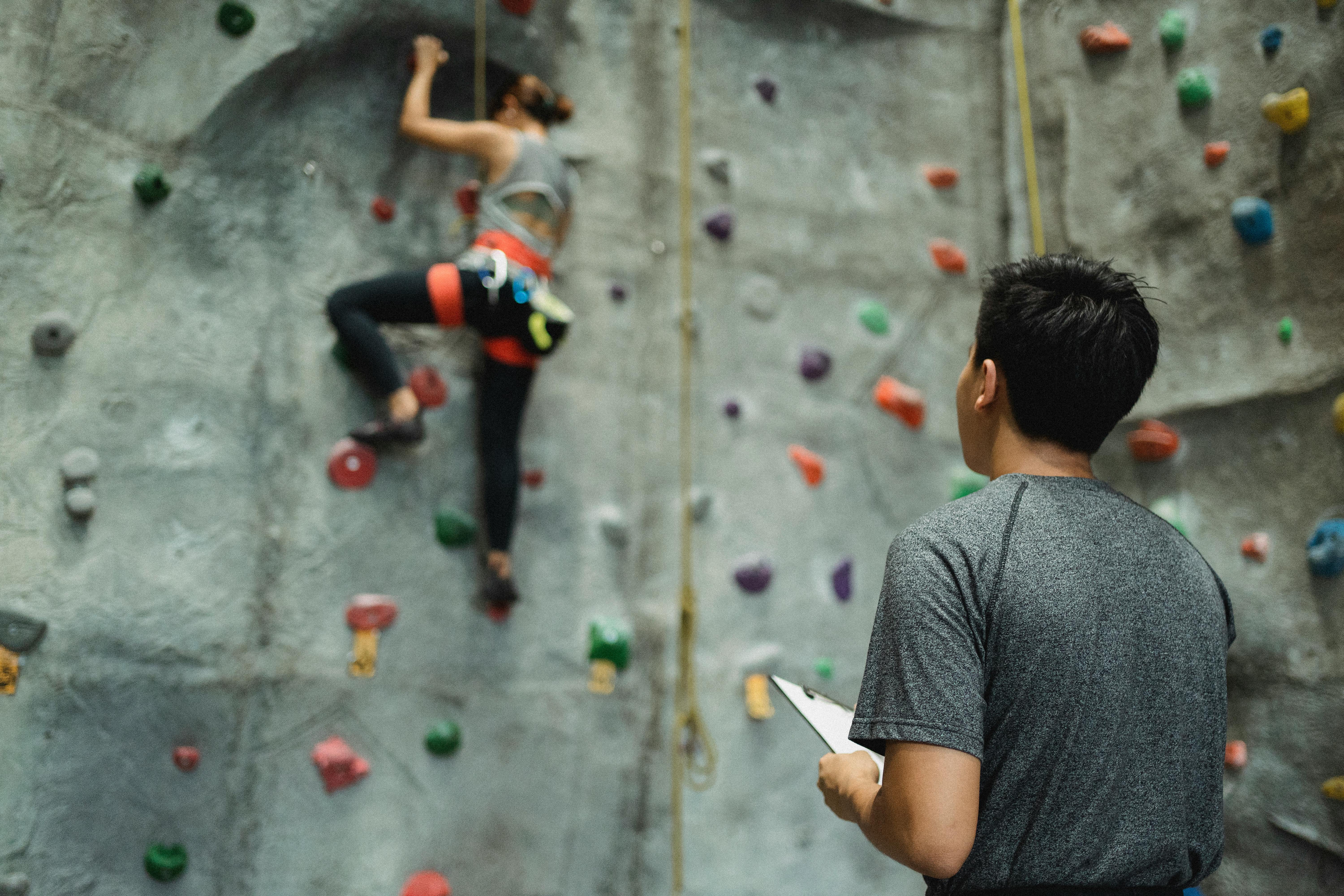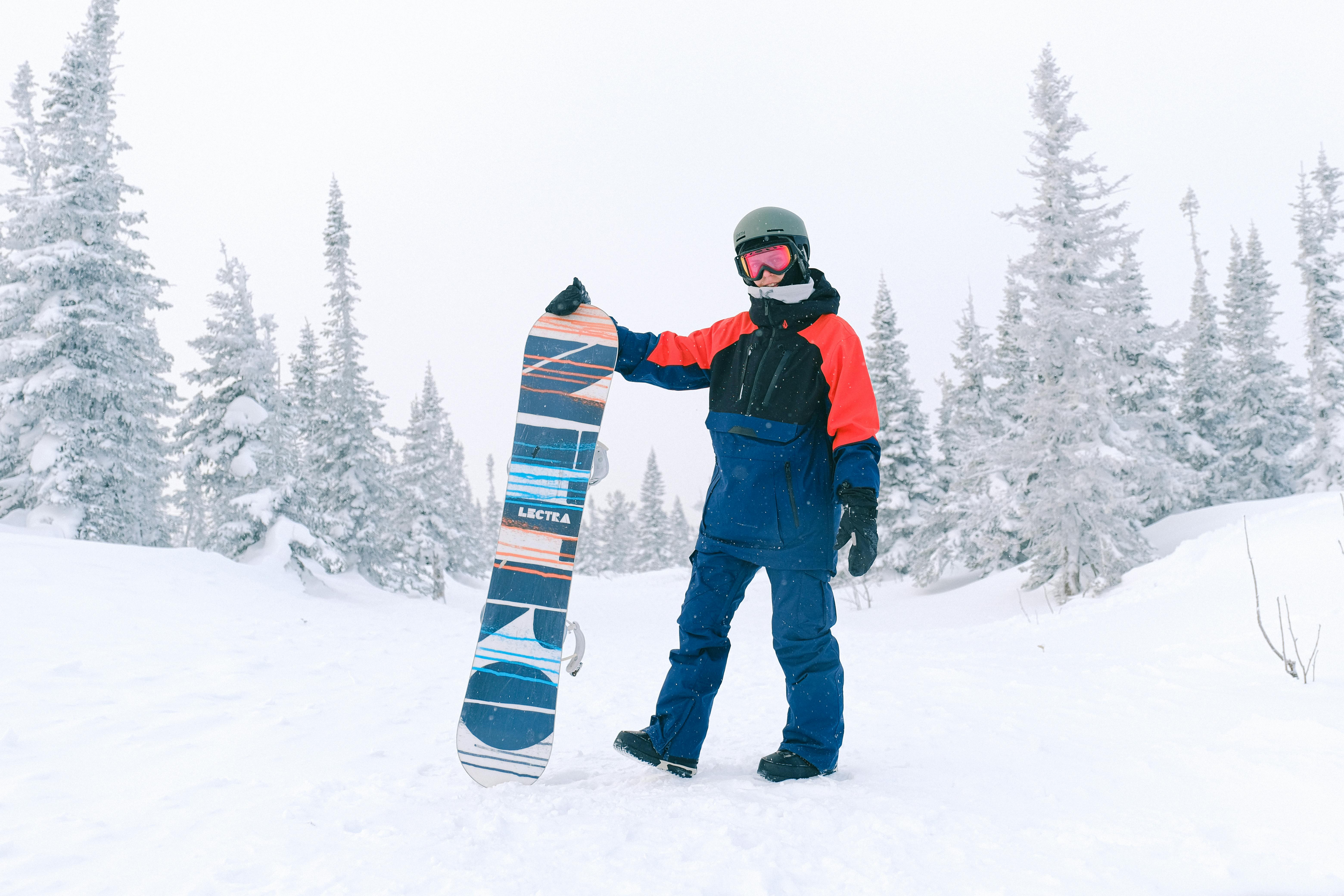Travel agencies in Botswana are the local travel professionals who have the best knowledge of the country and its tourism segment: visa regulations, booking hotels, flights and connections, best places to visit and see.
Botswana is one of the most exciting countries in Africa, known for its diamonds, wildlife, contrasting landscapes, culture, ethnic tribes that live in the country, and the traditions of making delicious meat. It is the country where the famous Okavango Delta is located, where the BBC studio constantly shoots its films about the wild dunes of the Kalahari desert, where there are a large number of other attractions.
Botswana is not just any place. Here travelers have the rare opportunity to see Africa as it was before the arrival of Europeans. The population density in Botswana is one of the lowest in the world. Wild animals still own the ‘green desert’ of the Kalahari, where the Okavango River is lost, sprawling with thousands of canals. As it disappears into the sand, the Okavango River forms a continuous 15,000 square kilometer labyrinth of lagoons, canals and islands in the northwestern part of the country. This is the largest inland delta in the world, teeming with wildlife. The most notable are birds, elephants, zebras, wild buffalo, giraffes, hippos and kudus.
The best way to see the Delta is a trip in a special ‘mokoro’ canoe with an experienced guide. Many tourists also join the safari on foot or by jeep. In these places, one can find many camps and lodges, specifically designed to cater to tourists and offering good enough living conditions.
Kalahari, which occupies most of Botswana, is not a desert in the usual sense of the word. From July to September there are heavy rains that fill the rivers and lakes with water. Lots of sand interspersed with thickets of tall grass and shrubs, towering baobabs and acacia trees dominate the landscape. In some places, one can come across groves of an unusual Merula tree. Its sweet fruits ripen once every three or four years, when the summer is especially hot. The juice begins to ferment and the ripe fruits are like a vessel of wine. These fruits are especially loved by elephants. The local national parks and reserves (Imebok, Chobe, Ntskay Pan) are practically excellent, although they do not have any recreational infrastructure. The unique world of wildlife makes Botswana a truly attractive place for eco-tourism.
Tsodilo Hills and Gchvihaba Caves belong to the list of unique natural attractions in the country. These places are full of myths, legends and have great spiritual significance for the local ethnic groups. The cave system is notable for the numerous stalactites and stalagmites, some of which reach a height of 10 meters. For nearly a century, many groups of cavers, tourists, and treasure hunters have been searching for buried treasure, believed to have been hidden by the descendants of European settlers. Much of the route through the caves is a fairly easy walk through large halls and picturesque walkways with many tempting trapdoors and tunnels, but there are some particularly terrifying and dangerous places, plummeting underground precipices and threatening rockfalls.
Gaborone, the capital of the country, is not the place where you would like to stay for a longer period of time. The distances between the places of interest in the capital are enormous, and there are no great architectural attractions. The city doesn’t seem to have anything of value. One is annoyed by heavy traffic and messy streets, there are no sidewalks, and the city is a jumble of suburbs and skyscrapers. Major attractions include the National Museum, which offers a vast collection of historical artifacts and stuffed animals, the Ethnographic Museum, and the National Gallery of Art.



